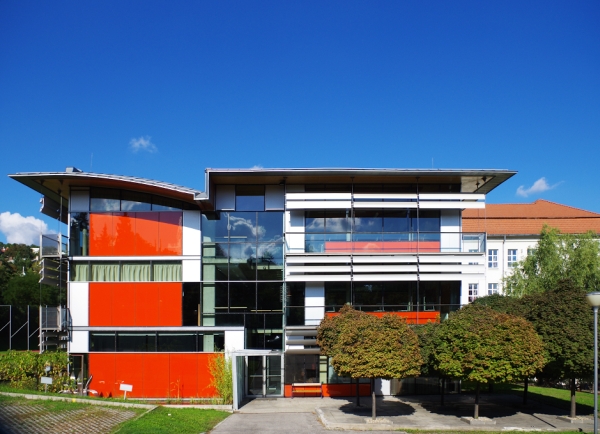Time Travel
The History of Newly Modern Hungarian Architecture
Text: Mariann Simon, Dániel Laczó
Photo: Dániel Laczó

In the latter half of the 1990s, after the consolidation of the majority of realignments following the change of the political system and the nadir of the economic shock in its wake, Hungarian architects discovered modern architecture for themselves. Public forums recovered and revived all of a sudden and specialist press largely contributed to the introduction and popularization of the new trend. Although attempts were made to analyse the phenomenon, they remained superficial partly owing to the current difficulties researchers studying their own era. Terminology also reflects a certain degree of uncertainty. People and reviewers raising the topic now and then used simply “modernization”, “modernity” and “modernism” also in the titles of articles, but in order to make it unambiguous which type of modern they meant they also referred to the Bauhaus on a regular basis. The study below surveys the rapid spread of the phenomenon that we refer to by the catchword “newly modern”, covering its flourishing and disappearance, a history spanning only a decade. In doing so, we relied on the analysis of texts concerning this topic, whilst also referring to parallel national and global correlations of modernization.




